Betsy Polatin’s subtle craft is not easy to describe, but her students are happy to expound on the results: after her course, they say, they are more focused, more confident, and more at ease with their bodies. A longtime practitioner of the Alexander technique and a master lecturer at the College of Fine Arts School of Theatre, Polatin refers to the century-old system as “a practical method for self improvement.” In the introduction to her book The Actor’s Secret: Techniques for Transforming Habitual Patterns and Improving Performance (North Atlantic Books, 2013), Polatin recalls that after her first Alexander lesson many years ago, she thought, “This is still me, but not the me I always knew.”
With a light, empathetic touch, teachers of the Alexander technique help people identify and rid themselves of habits caused by a lifetime of stress. As children, most of us moved fluidly, without self-consciousness or tension. But over time, our bodies have a way of sabotaging our well being with quirks in our everyday movements, such as the way we hold our heads, sit in a chair, speak, sing, or lean forward to open a door. We could all benefit from simple adjustments, says Polatin, who works mainly with actors and musicians.

“When we let go of some of our habits and patterns that keep us locked in a certain way, we see there are all these other choices,” says Polatin, who has been teaching the Alexander technique for decades.
The long list of performers who have used the technique includes Oscar-winning actors Judi Dench, Hilary Swank, Ben Kingsley, William Hurt, and the late Paul Newman and musicians Paul McCartney, Madonna, and Sting. But anyone can benefit from it, and studies have found that it’s helpful not just for movement and speech, but to treat post-traumatic stress disorder.
The technique was developed in the early 20th century by Frederick Matthias Alexander, a Shakespearean actor who began losing his voice. When doctors could find no physical pathology to explain it, Alexander hypothesized that his breathing and body positioning were to blame.
“When we let go of some of our habits and patterns that keep us locked in a certain way, we see there are all these other choices,” says Polatin, who has been teaching the Alexander technique for decades. “The work is so much about changing those patterns.” For example, a person may walk a little bit hunched forward, but doesn’t realize it, she says. “And so when you point it out, and get them upright, the world looks different to them. Their vision is different. They feel different.”
Like grandma’s chicken soup, the Alexander technique can’t hurt; it involves none of the often-vigorous, sometimes perilous physical demands of some yoga styles or yoga Pilates blends. But in the hands of an experienced practitioner like Polatin, those who practice the technique find it alleviates repetitive strain injuries, backaches, tightness in the neck and shoulders, and cramping from hours anchored in front of a computer screen. For singers, musicians, actors, dancers, and athletes, it can mean a dramatic improvement in one’s game, according to Polatin.
“Before discovering the Alexander technique, I was someone who approached life and my art through tension, and as a result it was tougher for my vulnerability to come through,” says Jesse Garlick (CFA’14), an acting major. “Now, after working with the technique for three and a half years, I find that it is far easier to express myself in every walk of life because of the ease and grace I have found in the class.”
The technique is something that, once you learn it, you continue to do on your own, says Polatin. “One of Alexander’s ideas was that it didn’t make sense to exercise for an hour a day and for the rest of the time walk around all slumped over and not really caring about what you’re doing with yourself.” Through subtle, deliberate exercises, like head movements or slow, carefully aligned bends and squats, the technique, she says, “encourages you to think about what you are doing until you catch yourself and say, ‘Oh, I want to do something a little more efficiently.’” Breathing is crucial, too. “Most people tend to breathe shallowly—as students do things like texting, they hold their breath, or actors preparing to go on stage hold their breath, and the technique helps them realize that.”
Students come to Polatin expecting to learn ways to improve their performance. But the experience is often life-changing. She calls it “the expanded self.” And it can be quite powerful. “What happens is the students will do a monologue and then we work, and we get more space inside, more opening in the whole body and less constriction, and they begin to speak, and all of a sudden they get scared because of the resonance, the booming sound of their own voice.” And then, she says, the students get used to that. “And that’s part of the work. Getting used to your own expanded self.”









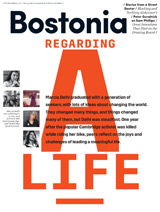
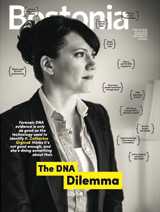



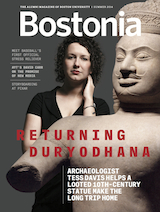





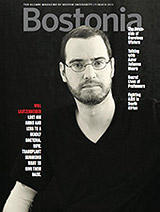


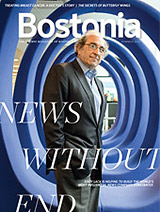
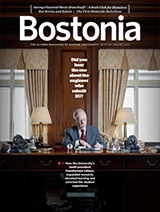





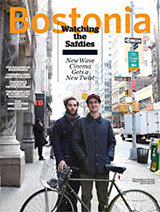









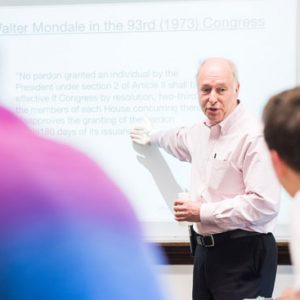








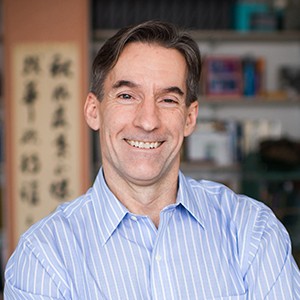
I have been an Alexander student for several years and I am still finding ways that it expands my universe.
Sounds like a valuable tool…………what can I do, an Old Veteran, to learn and implement more!
Please advise & thank you.